A bedroom has to be an oasis, a peaceful, snuggly, and functional sanctuary. But decorating it is to find the compromise between timeless class and up-to-date modernity: a challenge for many. That is where transitional interior design is here for you: an integration of ancient playfulness and contemporary simplicity, resulting in a harmonic, eclectic look. And these are the steps on how to translate this smart, no-frills strategy to your bedroom.
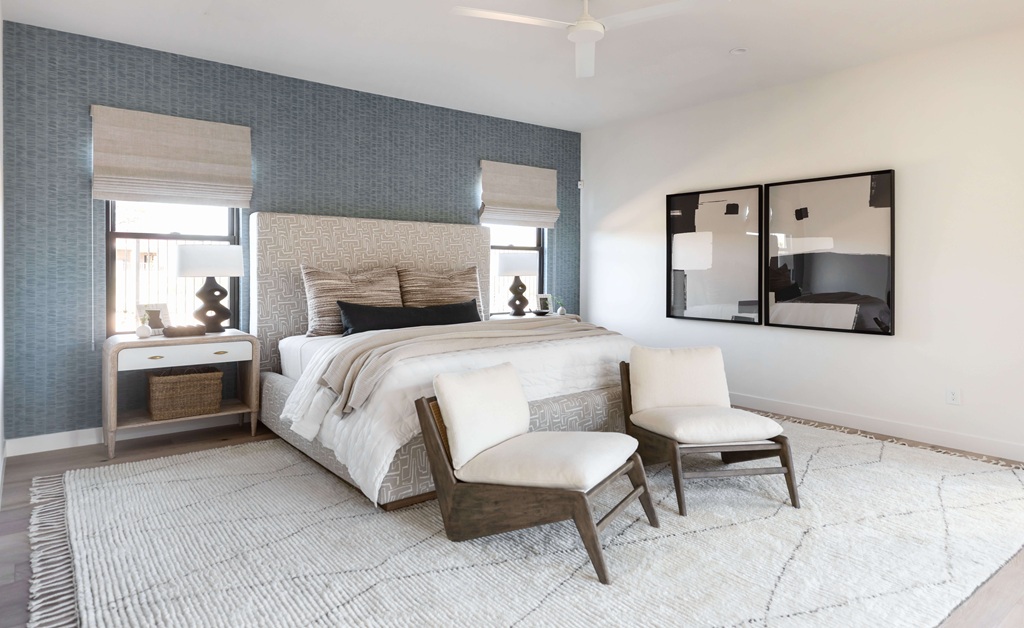
The Understanding of Transitional Style
Transitional style bedroom design is really a contrast. It combines the classic timelessness of older decor with the clean, bare look of modern design. What’s the result? An elegant space that’s both new and familiar, the best of both worlds merged. It’s a way of looking at the past without leaving it behind.
Choosing the Right Color Scheme
The beginning of a transitional bedroom design is a neutral color scheme. Soothing beige, gray, ivory, and taupe create a soothing background. But where alchemy comes in is adding soft splashes of color to add personality to the room. Try adding muted colors such as dusty blues or sage greens with accent pillows, throws, or artwork. The aim is balance—keep the foundation out of sight so that your accent colors can take center stage.
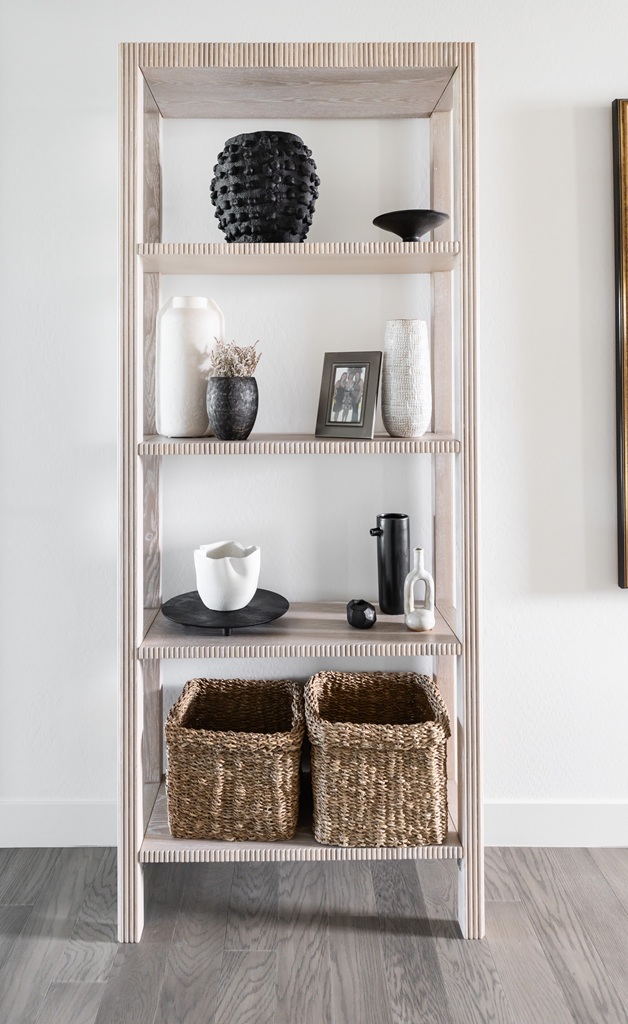
Furniture That Strikes a Balance
In selecting the furniture for a transitional bedroom decor, the principle is to maintain clean lines and add a touch of softness. Utilize stylish elements like an upholstered headboard with little decoration or a wooden bed frame with traditional nightstands as complementary accessories. Avoid using the tendency of adding too ornate or very modern pieces. Use pieces with a classic appearance but an additional splash of modern design so that the overall look becomes harmonious and subtle.
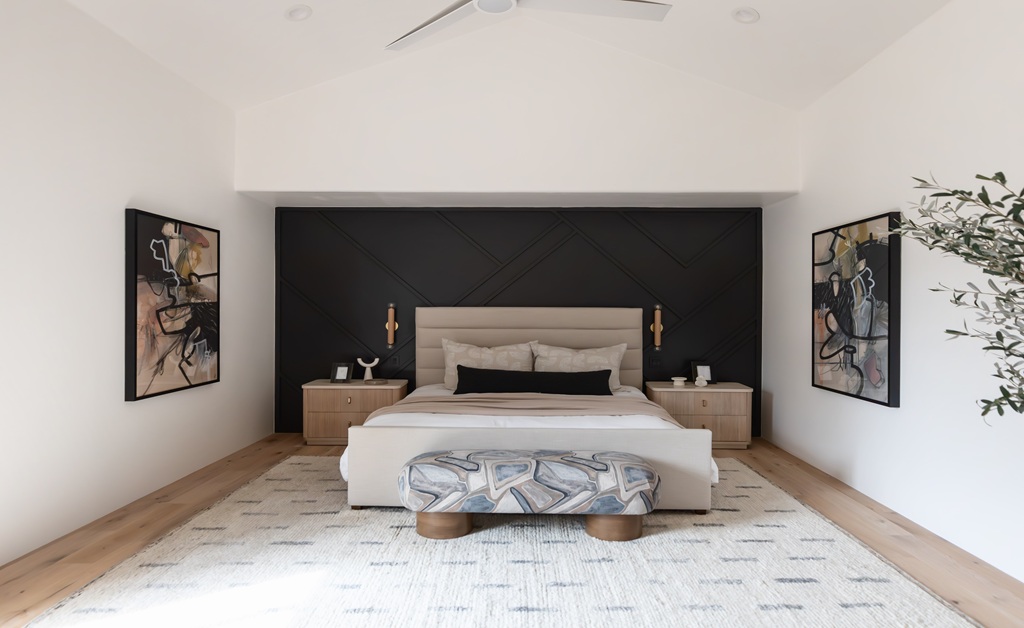
Layering Textiles and Patterns
Transitional bedroom design ideas encourage layering textiles and patterns to add warmth without overloading the room. Start with plain bedding in solid colors or subtle patterns, and layer with throws or blankets in heavier textures such as knit or faux fur. Add rugs with low-profile patterns and drapes in soft, flowing linens to add personality. Patterns need to be used wisely—geometric patterns or subdued florals can be a shot of interest without risking upsetting the calming decor. The aim is to make the room as full and three-dimensional as possible without unease.
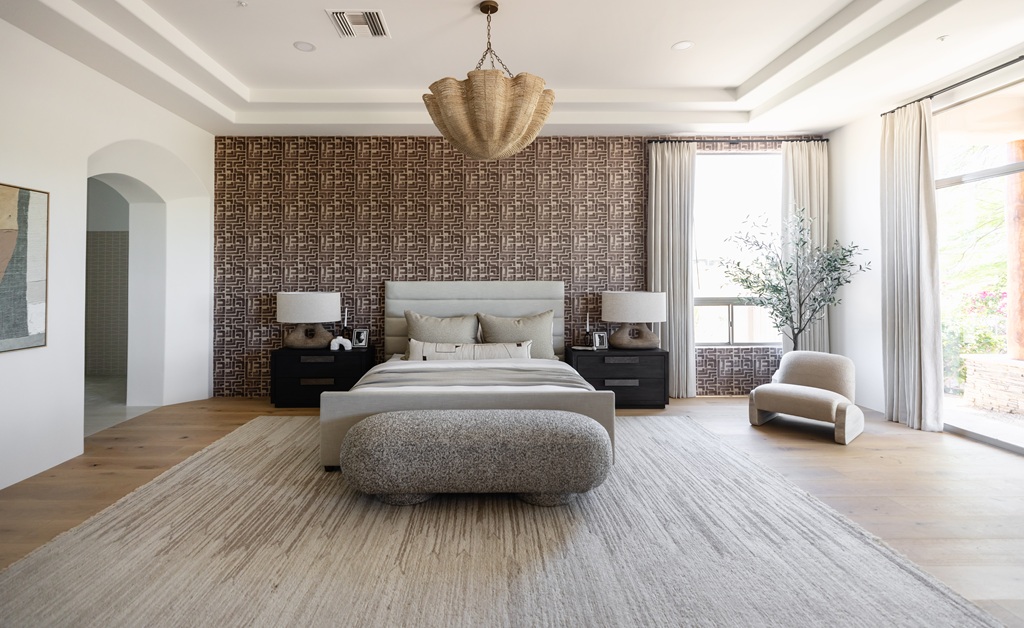
The Role of Lighting
Lighting will either make or break any room, and with transitional bedroom decorating ideas, lighting is especially crucial in setting the mood.
Balance the artificial light with the natural light. Maximize daylight with sheer curtains, and warm and ambient light with table lamps or wall sconces to achieve the feeling of cohesiveness and warmth in the evening. Choose unique, personalized fixtures like a contemporary chandelier or minimalist bedside lights to tie together the traditional and modern aspects.
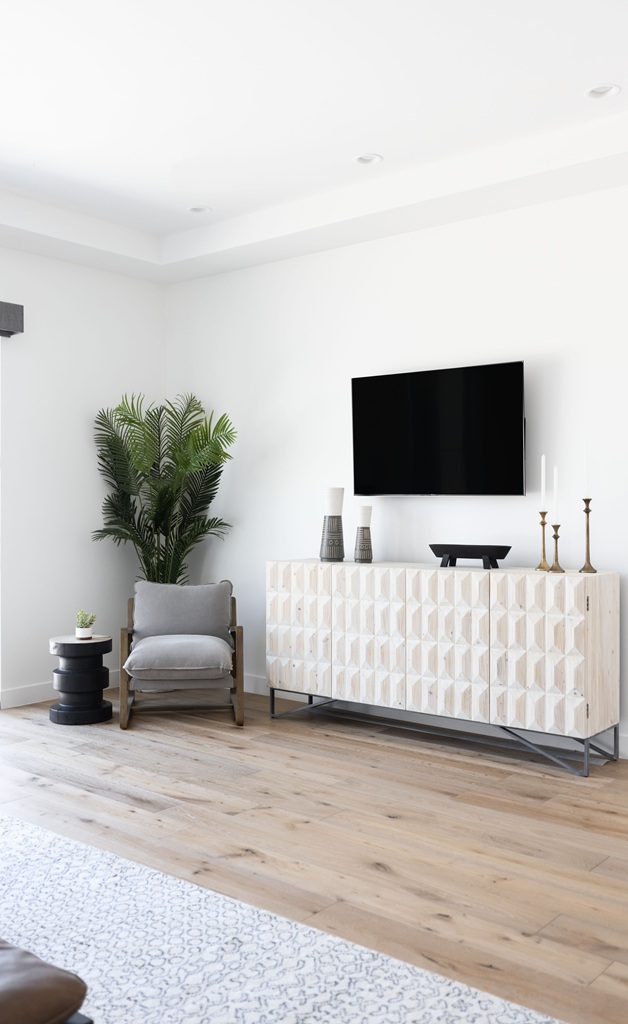
Accessorizing with Your Personal Touch
Accessories are where you can let your personality shine through in the design. You can introduce a mix of older items, like antique vases or framed photographs, alongside newer, modern things like minimalist sculpture or metallic accents. Don’t clutter the room by simply introducing objects that aren’t important to you. Thoughtfully selected decor objects will be conversation points as well as help in the design without causing any issues.
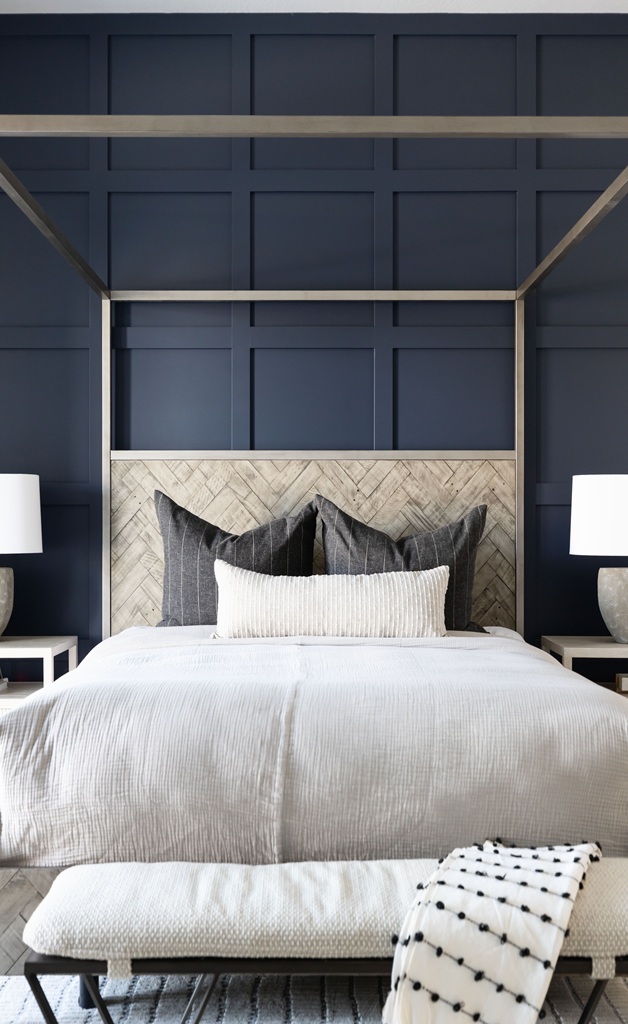
Restore Equilibrium to Your Bedroom
A transitional style bedroom isn’t a trend; it’s a lasting philosophy of style that unites sophistication and adaptability. With layers of accented texture, a mix of old and new, and soft neutrals, you can create a timeless yet unique sanctuary in your very own house. Start with your best ideas, and observe how your bedroom becomes the perfect blend of tradition and modernity.
Discover More: How to Design Your Dream Bedroom

Lauren Lerner is the founder of Living With Lolo, a nationally recognized Scottsdale interior designer and an Arizona licensed general contractor. She is celebrated for creating luxury homes that are warm, livable, and deeply personal, blending thoughtful design with seamless construction and curated furnishings. Recognized as one of Arizona’s top interior designers, Lauren has worked with celebrities, athletes, and executives across the country. Her work, known for its elevated yet inviting style, has been featured in multiple national publications. Guided by the belief that great design should feel as good as it looks, Lauren transforms houses into homes that truly reflect her clients’ lives.
